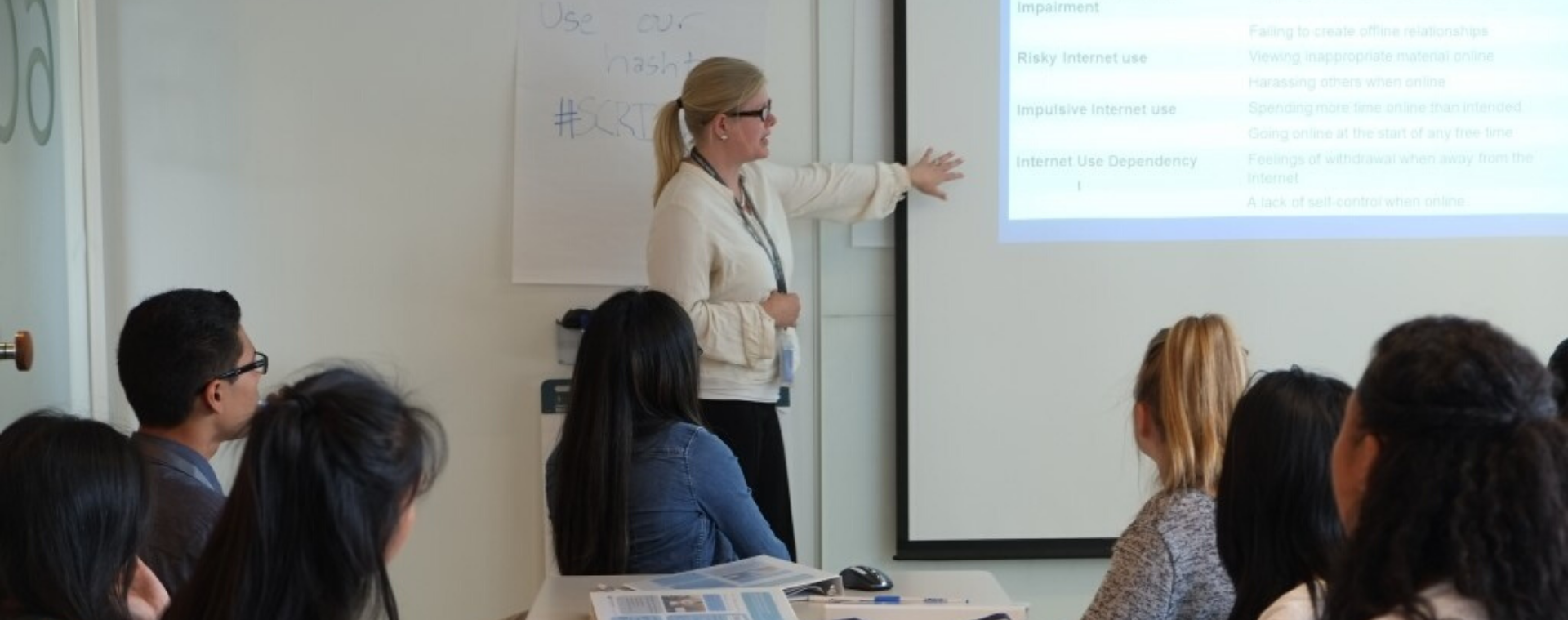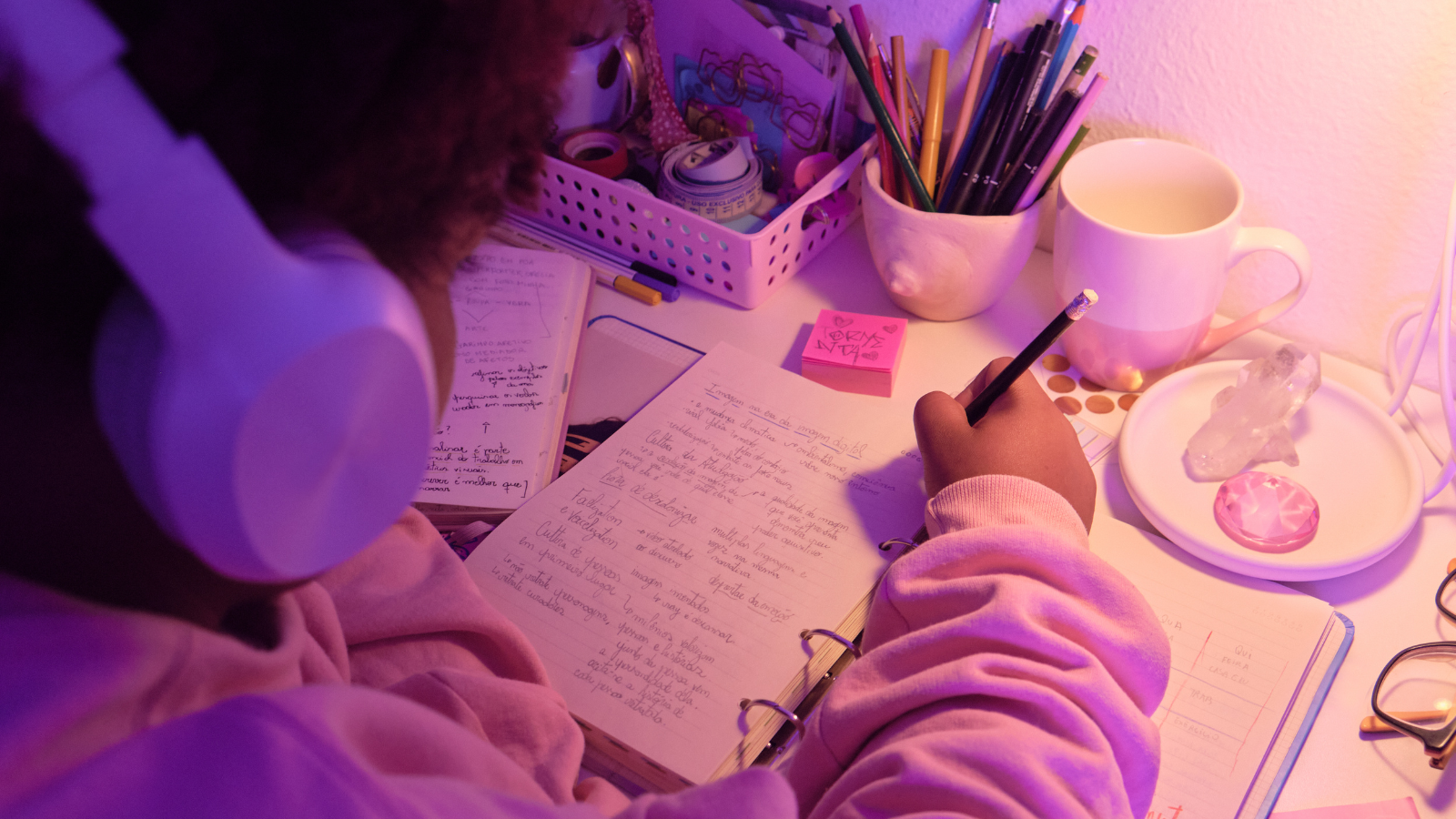Written by: Garrett Waterman
A recently published article, “In the Mood for Music: Listening to Music and Other Smartphone Uses Improve Adolescent Mood” has shown that certain smartphone activities can work to regulate negative moods and sustain positive moods. The ever increasing prevalence of smartphone use among adolescent populations within the past ten years, paired with the rising rate of adolescent mood disorders within that same time period, has led some to suggest that smartphone use may lead to negative mood outcomes. While problematic smartphone use exists, there is also evidence to suggest that smartphone use could have a positive effect on mood.
Building off mood management theory, which “suggests that people use media to regulate their mood, both by inducing or sustaining positive mood and reducing negative mood”, SMAHRT researchers found that adolescents experienced positive mood changes after engaging in specific smartphone activities such as listening to music, browsing social media, or texting. Additionally, none of the listed smartphone activities led to negative mood outcomes.
What makes this study unique?
Most smartphone studies related to mood management theory occur in controlled experimental settings. While experimental studies carry the benefit of a highly controlled environment, the nature of this method reduces the real-world applicability of their findings. In order to conduct smartphone studies which maintain the authenticity of real-world adolescent smartphone use researchers have utilized ecological momentary assessment (EMA) tools which “[assess] an individual’s current experiences, behavior, and moods as they occur in real time and in their real-world setting.” In short, researchers surveyed participants to gauge their mood before and during smartphone use.
What did they find?
Unsurprisingly, not all smartphone activities are created equal. This study listed eleven smartphone activities as potential responses – ten of which were statistically significant. Among the listed activities, listening to music, podcasts, and audiobooks led to the greatest improvement in mood. Alternatively, photos and photo editing was not conducive to improved moods. Given that photo editing represented the least reported category of smartphone activity, this aberration could be explained by the relatively small sample size. Additionally, participants who engaged in photo editing reported the highest “before use” mood rating – indicating that participants engaged in this activity when their mood was already high, and thus, would not report high levels of mood improvement.
What does this mean?
While each listed smartphone activity led to an increase in mood, this study reiterates that these results “cannot be used as evidence that smartphone use causes these changes in mood.” The reasons are twofold. This specific study, which relies on self reported data, did not allow the researchers to control smartphone activity. Additionally, participant’s retrospective reports might be affected by recall bias. Smartphone use is complicated and varies from person to person. As such, studies that aim to analyze smartphone use outside of a lab setting must contend with limitations associated with indirect data collection. On the flip side, experimental studies which control for specific smartphone use cases contain a different set of limitations. While researchers can control smartphone use in a lab, this method significantly reduces the authenticity of participant’s smartphone activity. Future studies can utilize both methods in order to preserve real-world applicability while maintaining accurate measures.
Why does this matter?
Given the ubiquity of smartphone use in daily life, there is a tendency to draw overarching conclusions about its effects. Unfortunately, the reality is much more nuanced than a binary categorization of good or bad. With each new study, comes novel insight into specific aspects of smartphone use. As smartphone use represents a personalized and varied experience, it can be difficult to generalize these results to a larger population; however, a combination of experimental studies paired with real world analysis of smartphone use can lead us closer to understanding how smartphones affect our health. Continuing to support studies aimed at deconstructing the complex nature of smartphone use will allow researchers to obtain a firmer understanding of which smartphone activities are conducive – and which are detrimental – to positive health outcomes.


